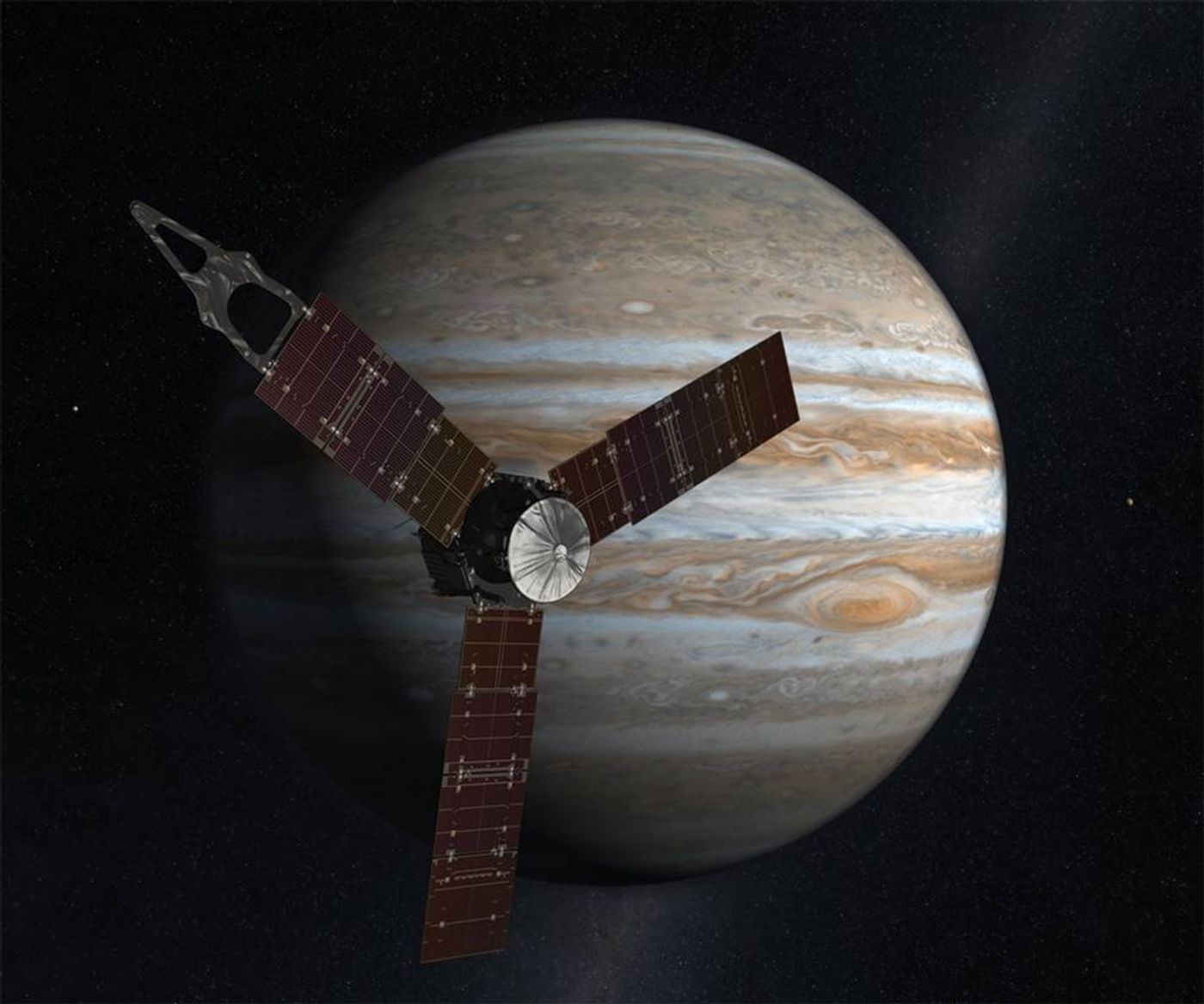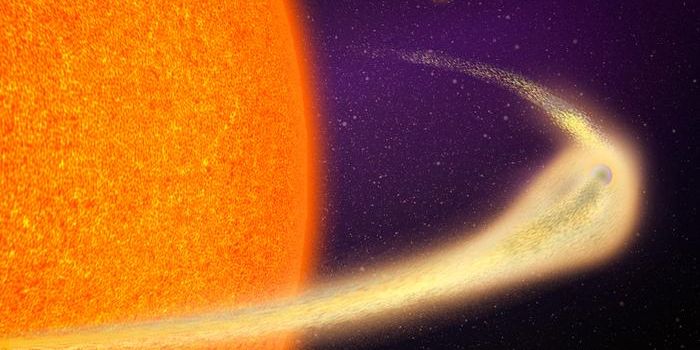Juno is About to Get Up Close and Personal With Jupiter
One of the major new missions going on in our Solar System right now is Juno. It reached its destination at Jupiter in July after a long half-decade journey from Earth, and scientists successfully injected the spacecraft into orbit around the giant gas planet.

Image Credit: NASA
Since its successful orbit insertion, Juno hasn’t really done much, but this Saturday it will get a chance to get within 2,500 miles of Jupiter’s clouds, which is the closest it has been since getting into orbit. This gives scientists the opportunity to collect some important data, and it is the first time that the spacecraft’s scientific instruments onboard will be activated since its meetup in July.
Juno has taken a picture of Jupiter once already, but the spacecraft was already whizzing far away from Jupiter as a part of its orbital path, so the planet isn't really in much of high detail in the photograph. It is hoped however that things might change this weekend, however.
According to NASA, Juno will make its closest approach at about 5:51 PDT on Saturday. Relative to Jupiter, Juno will be moving at approximately 130,000 miles per hour over the planet’s clouds.
"This is the first time we will be close to Jupiter since we entered orbit on July 4," said Scott Bolton, the principal investigator of Juno from the Southwest Research Institute in San Antonio. "Back then we turned all our instruments off to focus on the rocket burn to get Juno into orbit around Jupiter. Since then, we have checked Juno from stem to stern and back again. We still have more testing to do, but we are confident that everything is working great, so for this upcoming flyby Juno's eyes and ears, our science instruments, will all be open."
"This is our first opportunity to really take a close-up look at the king of our solar system and begin to figure out how he works," Bolton continued.
Among the things NASA hopes to get a closer look at are the planet’s poles. The built-in visible light imager will be activated, along with its eight sensory instruments, which means we will get some of the closest photographs ever taken of Jupiter, and this means we’ll get to see some close-ups of the atmosphere and hopefully learn more about it.
According to NASA, it should only take a few days for Juno to send all that information back to Earth, but it will take a while for NASA to process them, so don’t expect any immediate public release of information. NASA wants to take their time to make sure that all of the information that they release to the public is correct.
Source: NASA








